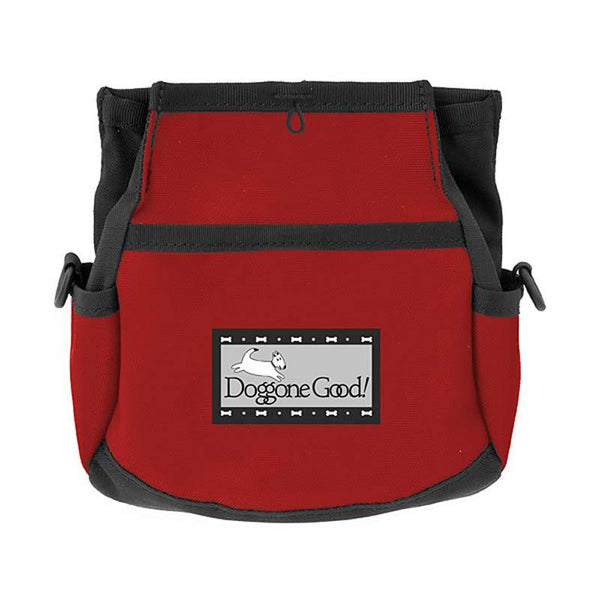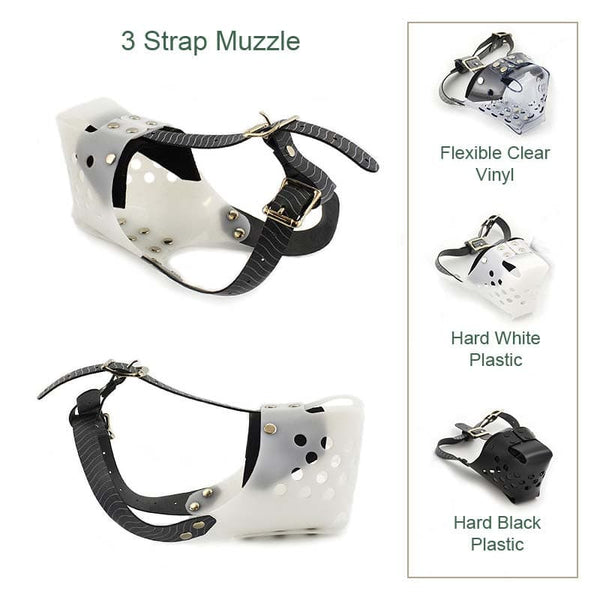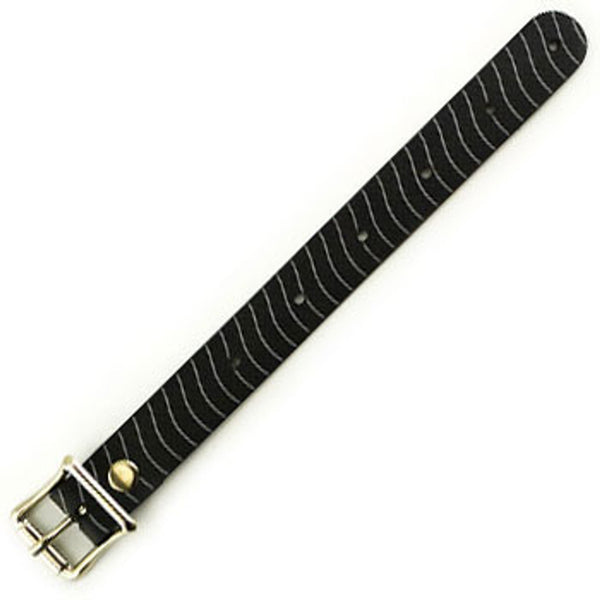-
Punishment (corrections) can have
the side-effect of causing distrust,
fear, possible injury and/or
aggression. For example, rubbing a
dogs nose in "it" can cause him to
avoid going to the bathroom in front
of you, electric fences can cause a
fear of going outside, and choke
collars can cause throat injury and
back and neck misalignment if
"jerked". "
-
Punishments (corrections) tend to
escalate. If your were to resort to
physical punishment, you would find
that a light tap would get your dogs
attention at first, but then the
contact would tend to get more and
more force behind it.
-
Punishment (correction) inhibits
creativity. If your dog is corrected
for lying down when asked to sit, he
will be confused and fearful when
asked "down".
-
Using corrections to teach places
you and your dog in an adversarial
relationship.
-
We know better now. In the past we
punished children more harshly and
have since learned better ways to
motivate them. It is the same with
our dogs.
-
Punishment (correction) can "break
an animal's spirit". This is not
what you want for the friend you
have adopted.
-
Training with corrections takes a lot
of skill. Most people don't have
this amount of skill. If you have
poor timing or use to much force you
can really harm your pet physically
and psychologically. With reward
training, the worst you can do is to
be set back a bit or move more
slowly until you become more
skilled.
-
Many dogs simply cannot handle being
trained using correction-based
techniques. Breeds such as Beagles,
Terriers and Huskies are labeled
difficult to train using traditional
correction based techniques. If a
dog were to become aggressive after
receiving a correction the dog may
well be "put to sleep" for having a
poor temperament or being
"dominant".
-
Puppies cannot be trained using
correction-based techniques until
the age of 6 months.
-
Children are not generally able to
participate in correction-based
training. It is too difficult for
them, as it requires so much skill.
-
"Positive", Reward-Based Training is
In!
-
Training using rewards relies on
teaching the dog to behave as we
would like using treats, toys, play,
petting and whatever else the dog
likes. If your dog is doing
something you don't like, instead of
punishing, teach him to do something
different for a reward. Then
prevent, prevent, prevent, reward,
reward, reward!
Use left/right arrows to navigate the slideshow or swipe left/right if using a mobile device














